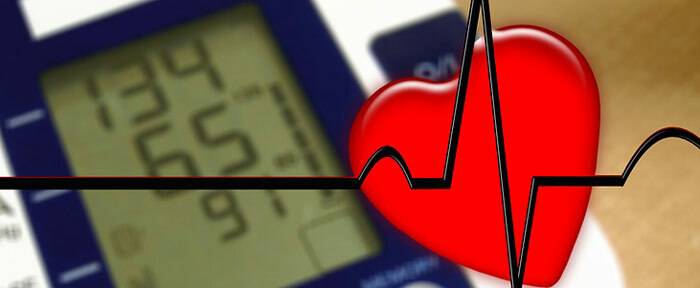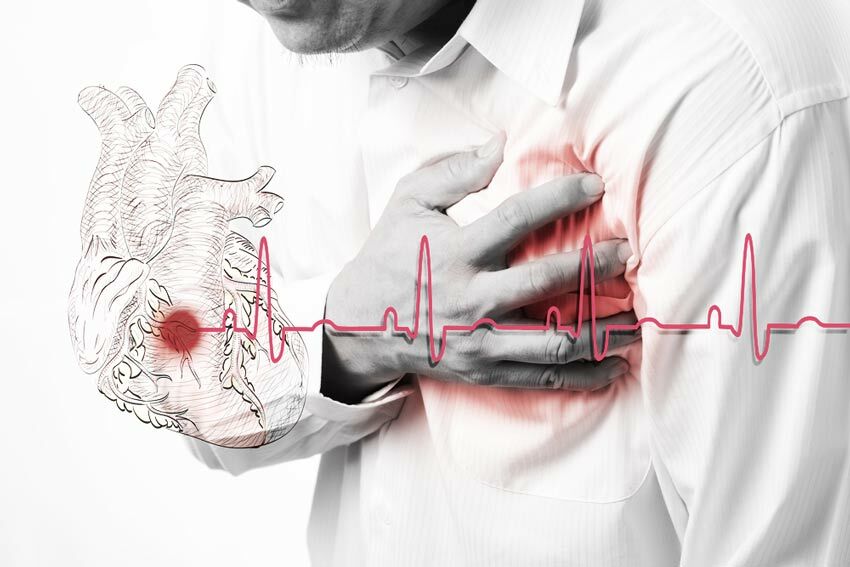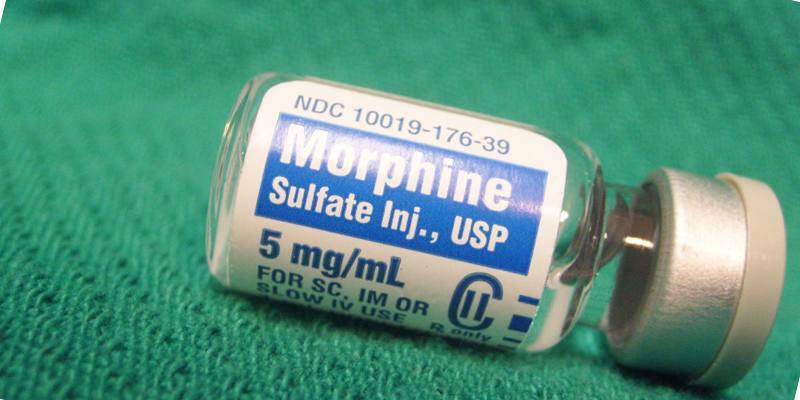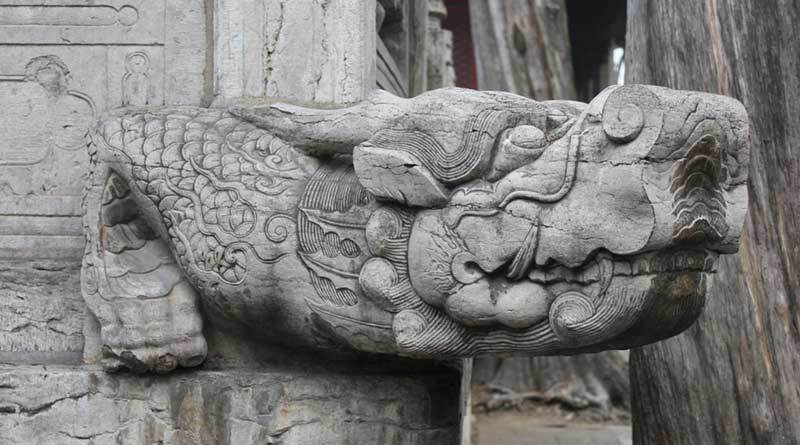
Contents of the page
- 1 Causes of myocardial infarction
- 2 Mechanism of development and symptoms of myocardial infarction
- 3 Diagnosis of a heart attack
- 4 First aid for symptoms of a heart attack
- 5 Prevention of
After 50 years, it is vital to have at least basic information about myocardial infarction -and what are the possible consequences. Acute necrosis of the heart muscle is one of the main causes of death, meanwhile, salvation often depends on how quickly he will receive treatment. The ability to timely identify symptoms of ischemia and provide first aid is a chance to save a life for yourself or someone else.
Causes of myocardial infarction
Myocardial infarction occurs against the background of impaired blood flow to the heart muscle. This condition is a form of ischemic disease, in which the tissues of the human "motor" die from lack of nutrition. In most cases, the pathogenically altered coronary arteries become the culprit of acute necrosis. At 95% of infarctions, atherosclerosis is diagnosed. Cholesterol plaques, deposited on the walls of blood vessels, narrow their lumen and prevent normal blood flow.
Even if the plaque does not completely cover the artery, the risk of thrombosis and, accordingly, thromboembolism, increases at the site of its attachment. Atherosclerosis is considered an age-related disease, so more than 70% of those who have had a heart attack are people over 55 years old.
Sometimes the cause of myocardial infarction is unchanged vessels - if there is a strong spasm that for a long time disturbs the blood supply of the myocardium. Among the possible culprits are such rare pathologies as myocarditis, endocarditis, arteritis and other infectious diseases that affect the cardiovascular system.
At the risk of developing a heart attack are the following categories:
- men of retirement and pre-retirement age;
- women in the postmenopausal period;
- hypertension;
- diabetics;
- face with obesity;
- alcoholics;
- patients with elevated triglyceride levels in the blood, an excess of "bad" cholesterol and a "good" deficiency;
- smokers;
- inactive;
- has had infections caused by staphylococcus or streptococcus;
- with a history of coronary artery disease and ischemic heart disease.
Mechanism of development and symptoms of myocardial infarction

The infarction in its development passes through several stages:
- Ischemia is a precursor and initial stage of myocardial damage. The heart can experience ischemia for a long time. The organism is able to compensate for a certain time the disturbed blood flow, not allowing irreversible changes. When the lumen of the vessels narrows to about 30% of the diameter, the next stage begins.
- Damage to the heart tissue develops on the background of a significant limitation of blood supply. From lack of nutrition, metabolism and myocardial function suffer. In conditions of oxygen deficiency, the organ can work up to 4 - 7 hours, then the disturbances become irreversible.
- Necrosis - tissues that have undergone a prolonged ischemia die off. Further development depends on the location and extent of the lesion. The lethal outcome occurs in 40% of cases.
- Scarring - healing of a site of a necrosis. The dead muscle fibers are replaced by a connective tissue, forming a scar. This process begins 1 to 2 weeks after the attack and lasts up to 2 months.
A classic symptom of a heart attack is a severe chest pain that lasts for more than a quarter of an hour and is followed by a sticky sweat. After some time, the pain syndrome passes independently or is stopped by analgesics, nevertheless, pathological changes in the myocardium continue to develop.
With large focal lesions, manifestations of heart failure may occur: shortness of breath, dry cough, nasolabial blueing. In severe cases, arrhythmia is observed in various forms. Sometimes the only symptom of a heart attack is a sudden cardiac arrest.
However, signs of a threatening state are not always obvious. With a heart attack, pain can be absent - this happens in diabetics, or be weak and not felt in the chest, and give in the hand, stomach, shoulder blade.
There are atypical forms of the disease:

- abdominal - resembling the clinical picture of pancreatitis( bloating, abdominal pain, vomiting, hiccough);
- asthmatic - accompanied by shortness of breath, shortness of breath;
- painless - is typical for diabetics with impaired tissue sensitivity, the main symptom is weakness;
- cerebral is manifested by neurological abnormalities( dizziness, confusion, fainting);
- collapoid - begins with a sharp decrease in pressure, weakness, profuse sweating;
- peripheral - differs irradiating pains, uncomfortable sensations are localized not in the heart, but in the neck, left arm, jaw, throat, can be confused with the symptoms of osteochondrosis;
- edematous - swiftly increasing puffiness and hypertrophy of the liver accompanied by weakness, dyspnea.
The presence of atypical symptoms, and especially the combination of different forms of infarction, make it difficult to diagnose the disease, which can become critical for a sick person.
Diagnosis of the infarction state

To confirm the diagnosis, in addition to recognizing the clinical signs of a heart attack, additional studies are used:
- The electrocardiogram and EchoCG show changes at all stages of the infarction and can be performed for early diagnosis. In the acute period of the attack, the curve shows an in-depth Q, negative T, low R, and other signs indicative of myocardial necrosis.
- The blood test reveals an increase in the level of leukocytes, fibrinogen, sialic acids, ESR, C-reactive protein.
ECG and analysis on cardiotropic proteins allow to determine the presence of myocardial infarction with atypical and asymptomatic forms. The use of diagnostic methods is also necessary for differentiation from other pathologies accompanied by chest pains: intercostal neuralgia, angina pectoris, inflammation of the pericardium and others.
Complications of a heart attack
An infarcted condition directly threatens a person's life. Death can come either from sudden cardiac arrest, or from complications. According to statistics, in 60% of cases it is possible to avoid a lethal outcome. The consequences of an acute myocardial infarction depend on the extent of the lesion, localization and rate of recovery of cardiac circulation.
Necrotic process leads to irreversible organ damage. Instead of muscle tissue, a scar is formed, which interferes with the normal functioning of the heart. Limited work of the cardiovascular system adversely affects all organs, reduces life expectancy.
With fine focal necrosis, healthy areas take on an increased load. How well they cope with additional work depends on the overall health of the patient and his heart, in particular, on the elasticity of the myocardium, the state of the valve system. The young organism, thanks to its high capacity for regeneration, is able to recover from a heart attack and lead a full-fledged lifestyle with some limitations.
About 40% of patients who survive an attack die from complications during the year, another 20% - five years. The consequences of extensive myocardial infarction significantly reduce the survival rate and lead to disability of every second patient.
In an acute period of an attack, early complications are likely:
- arrhythmia;
- pericarditis;
- aneurysm;
- cardiogenic shock;
- cessation of cardiac activity;
- myocardial rupture;
- pulmonary edema;
- endocarditis;
- thromboembolism.
Late complications occur after scarring and can accompany the patient for life:
- rhythm disturbances;
- heart failure of varying severity;
- cardiosclerosis;
- aneurysms.
The recurrence of the disease is especially dangerous. The second attack often occurs within a month, forming a new focus of necrosis next to the first or in the area of another coronary artery. The consequences of repeated myocardial infarction can not be fully compensated, therefore the mortality rate exceeds 50%.
First aid for symptomatic infarction

In case of a heart attack, in addition to pain, a person may experience anxiety, fear of death, and others should provide first aid whenever possible. It is enough to notice such symptoms as pallor, sweating, lack of air in the patient, to suspect a heart attack and call an ambulance.
What can be done before the doctor's visit:
- calm the patient;
- seat reclining with bent legs;
- provide access to the air( open the window, relax the tight clothes);
- put nitroglycerin under the tongue, if the person carries it;
- to chew 300 mg of aspirin, having previously asked about the presence of allergies.
If this is not a heart attack, the pain stops within 2 to 3 minutes, but still need to call a doctor and take the patient to the hospital. In severe cases, a person can lose consciousness, stop breathing - then from the actions of others depends on his life. Immediate resuscitation is required: artificial respiration, cardiac massage. Perhaps there is a portable defibrillator nearby in public. If the patient tears, he needs to be put on his side, to watch that he does not suffocate.
Treatment and rehabilitation for infarction

In a heart attack, the patient is immediately hospitalized. In a hospital, complex treatment is performed:
- Anesthesia. In an acute period narcotic analgesics are indicated intravenously - Promedol, Morphine, Fentanyl.
- Sedation. If a person is overexcited, feels fear, tranquilizers are recommended - Diazepam, Relanium.
- Decreased area of necrosis, restoration of coronary blood flow. Thrombolytic therapy is performed to dissolve obstructions in the vessels and prevent thromboembolism. Alteplase, Fibrinolysin, Streptokinase, Heparin have an effective thrombolytic effect. With the introduction of the first 6 hours from the time of the onset of an attack, significantly reduce the extent of myocardial damage.
- Reduced thrombogenesis. Acetylsalicylic acid prevents platelets from clumping and dilutes the blood, allowing free circulation through the vessels.
- Normalization of the heart rate. ACE inhibitors( Ranipril, Enalapril) are used for symptoms of acute heart failure: reduce pressure, dilate blood vessels, reduce the pulse. To strengthen the myocardium and eliminate arrhythmia, beta-blockers( Propranolol), nitroglycerin are used.
- In case of ineffectiveness of drug therapy and severe condition of the patient surgical intervention is indicated - aortocoronary bypass.
Recovery after a heart attack is long enough. In the inpatient period, strict bed rest and strict limitation of physical activity are required. Physical education, walking begins under the supervision of a doctor with a slow and gradual increase in intensity. The feasible movement is one of the bases of rehabilitation measures after a heart attack.
The second component of recovery is a diet. Recommended products - cardioprotectors, the diet should consist of light low-fat dishes: vegetables, fruits, cereals, sour milk, dried fruits.
To monitor blood pressure, psychoemotional state, prevent arrhythmia, thrombosis shows a constant intake of medications prescribed by a cardiologist. According to the decision of the commission, the patient can be recognized as incapacitated or partially able to receive disability.
Prevention
 Photo: Increased physical activity
Photo: Increased physical activity The best prevention of heart attack is a healthy lifestyle, including:
- physical activity;
- proper nutrition;
- rejection of bad habits( smoking, alcohol);
- development of stress resistance;
- regular check-up.
It is important to control blood pressure, cholesterol and blood sugar, maintain a normal weight, do an ECG.Any manifestations of cardiovascular pathologies should not be left without attention. When there is shortness of breath, tachycardia, high blood pressure, irregular heartbeat, discomfort in the chest, the cardiologist should be seen and examined. Neglecting signals about heart problems can cost you life.



